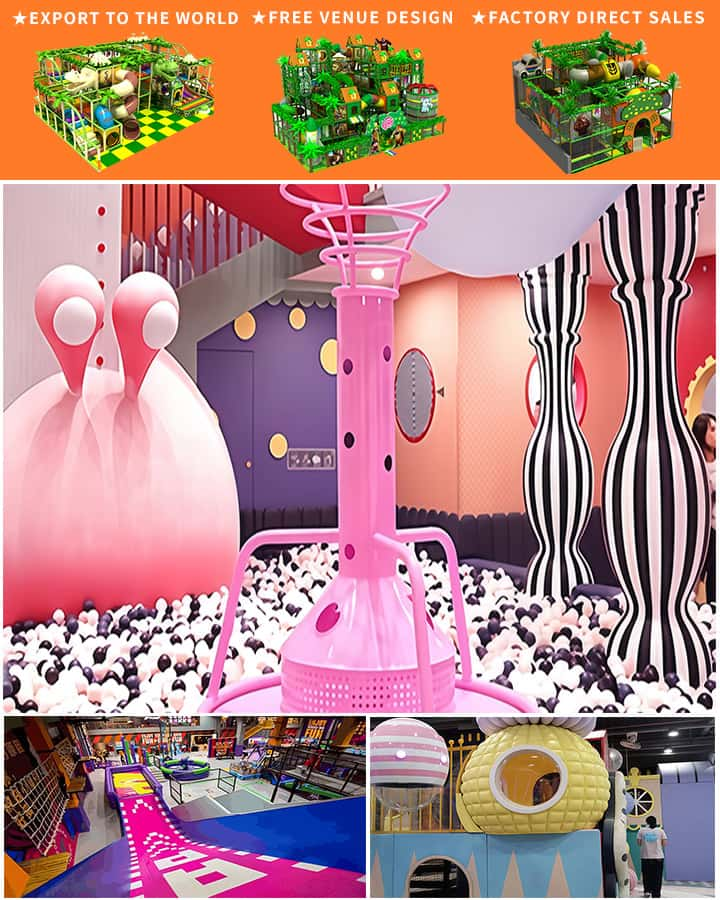Sensory play is an essential part of early childhood development, helping young children explore and understand the world around them through their senses. Engaging in sensory activities stimulates brain development, improves motor skills, encourages creativity, and helps manage emotional regulation. While outdoor adventures offer a wealth of sensory experiences, there are times when staying indoors is necessary or preferable. This makes having high-quality sensory play equipment at home crucial. Below is a comprehensive guide to some fantastic options for sensory play equipment designed for indoor use.
1. Finger Painting Kits
Why It’s Great:
Finger painting kits are a classic choice for sensory exploration. The tactile experience of finger paint can be incredibly soothing and allows children to express themselves creatively.
What to Look For:
When selecting a finger painting kit, look for non-toxic, washable paints that won’t make a mess too hard to clean up. Kits that come with a variety of colors and textured papers can add an extra layer of sensory stimulation.
2. Play Dough Sets
Why It’s Great:
Manipulating play dough provides a rich sensory experience involving touch, sight, and sometimes even smell. It also helps develop fine motor skills and hand-eye coordination.
What to Look For:
Choose play dough that is non-toxic and easy to handle. Many sets come with tools and molds that enhance the tactile experience, making it even more engaging for children.
3. Water Play Tables
Why It’s Great:
Water play tables provide endless opportunities for sensory exploration through splashing, pouring, and floating objects. They are particularly engaging during warmer months or in climate-controlled environments.

What to Look For:
Opt for durable, easy-to-clean water tables that come with various accessories like cups, funnels, and floating toys. Ensure the water is kept clean to avoid any health concerns.
4. Sensory Bins
Why It’s Great:
Sensory bins filled with different materials such as rice, sand, beans, or pasta can offer a diverse range of sensory experiences. They can be customized with hidden treasures like small toys or letters for added excitement.
What to Look For:
Select bins that are large enough for free exploration but easy to store. Use materials that are safe and non-toxic. Clear bins can make the activity more visually stimulating.
5. Light Tables
Why It’s Great:
Light tables allow children to experiment with light and color in a captivating way. By placing different objects on the table, they can see how shapes block or scatter light, fostering curiosity and scientific thinking.
What to Look For:
Choose light tables with adjustable brightness and multiple color options. Models that come with accessories like geometric shapes or patterned pieces can add to the educational value.
6. Sound Shakers and Musical Instruments
Why It’s Great:
Musical instruments and sound shakers introduce auditory and tactile elements into playtime. They help develop rhythm, coordination, and an appreciation for music.
What to Look For:
Look for instruments made from safe, durable materials that produce a pleasing sound. Options like tambourines, maracas, and xylophones are great for young children.
7. Textured Balls and Soft Toys
Why It’s Great:
Balls and soft toys with various textures can be thrown, caught, and felt, providing both physical and sensory engagement. They are perfect for improving gross motor skills while offering soothing tactile experiences.
What to Look For:
Choose balls and toys made from safe, non-toxic materials with varying textures such as smooth, rough, fuzzy, or bumpy surfaces. Ensure they are appropriately sized for safety.
8. Interactive Books
Why It’s Great:
Interactive books combine the joy of reading with tactile and auditory stimulation, making storytime more engaging. Touch-and-feel books or those with flaps and textures are especially beneficial for sensory development.
What to Look For:
Select books made from sturdy materials with varied textures on each page. Books that incorporate sounds or interactive elements like buttons to press add another layer of sensory fun.
Conclusion
Creating a well-rounded selection of indoor sensory play equipment can turn any space into a playground for your child’s senses. From finger painting to interactive books, these tools not only keep kids entertained but also support their cognitive and physical development. Investing in high-quality, safe, and versatile sensory play equipment ensures that your child reaps the benefits of sensory exploration, regardless of the weather outside. So, gear up and get ready for some indoor fun!




